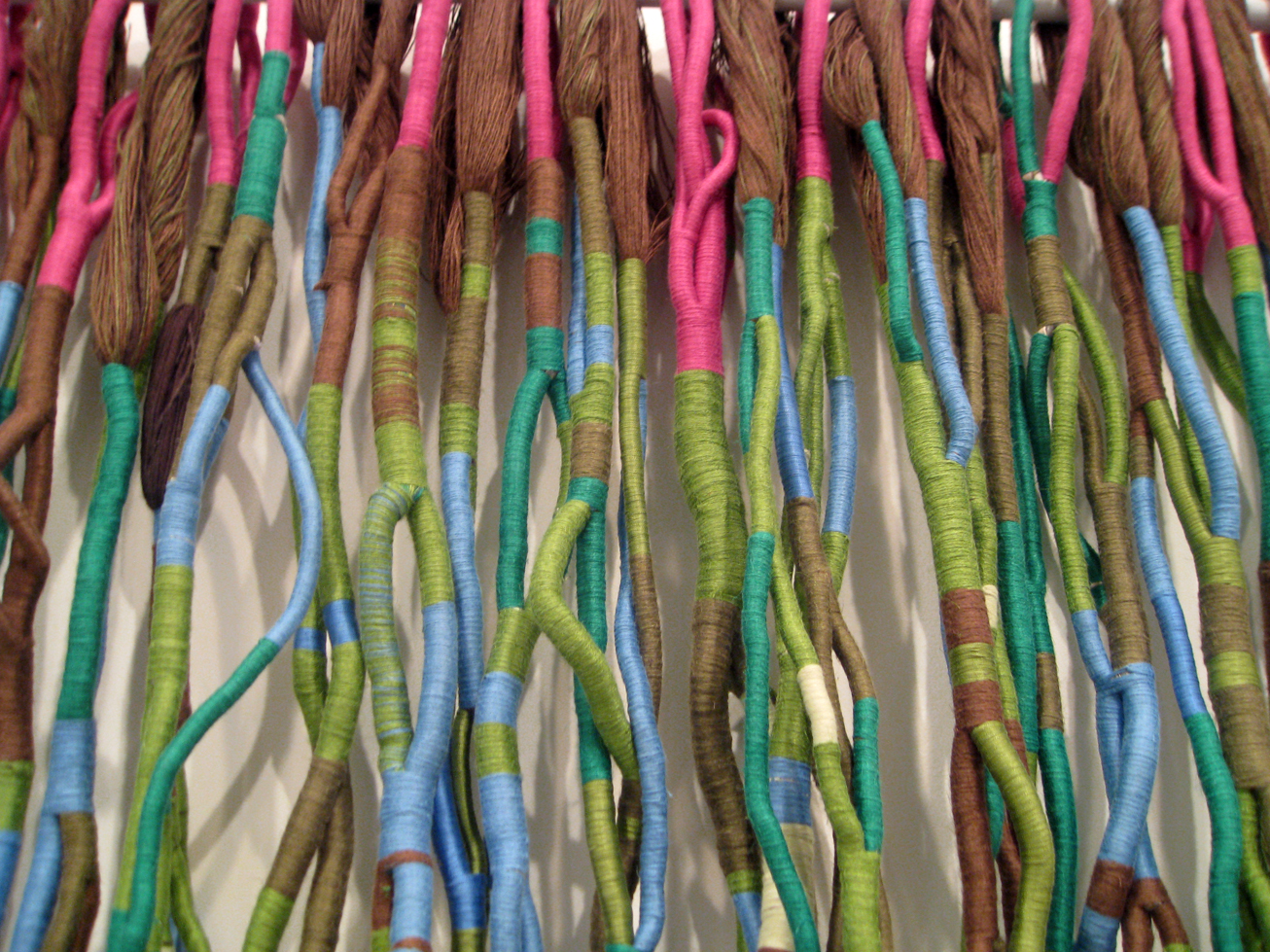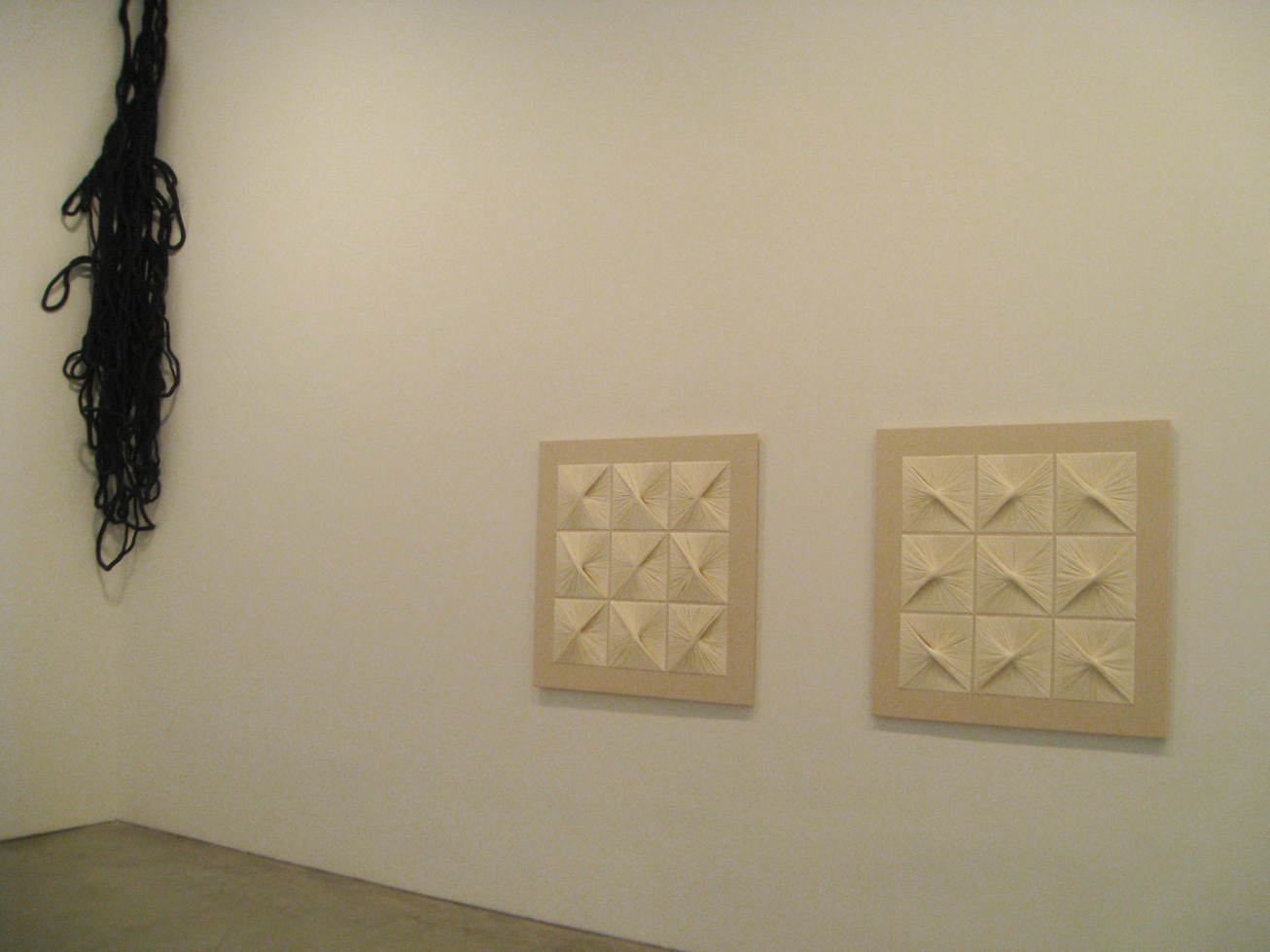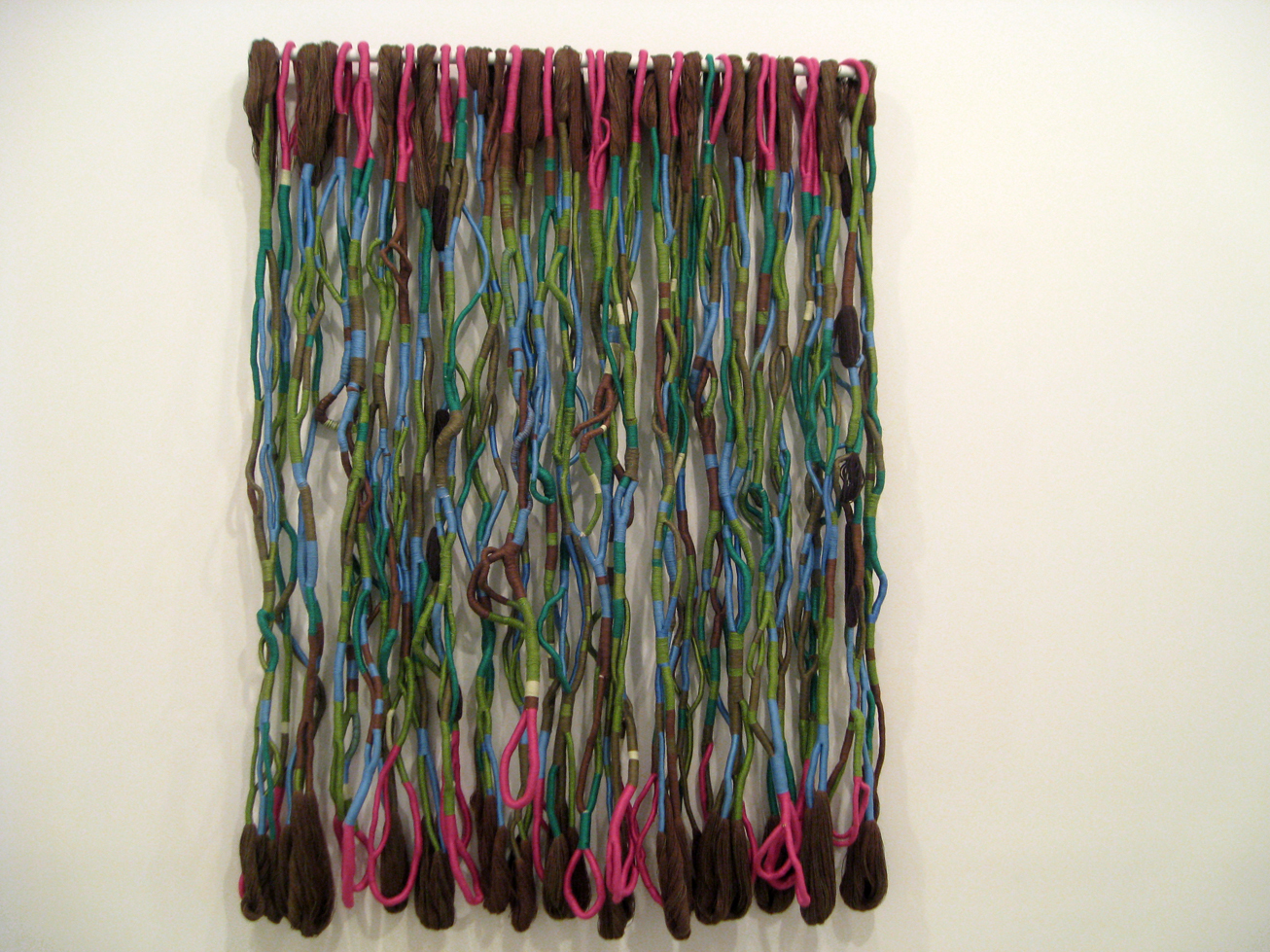NEW YORK—Sheila Hicks essentially paints with fiber. From large-scale public installations which began in the 1960s when she was commissioned to create a wall hanging for the restaurant in the new CBS building designed by Eero Saarinen to her “minimes”—framed weavings also called “small studies”—Hicks’s work has defied the boundaries of traditional weaving.
Her influences are wide-ranging and impressive: At Yale, she studied under Joseph Albers (who taught the ideals of the German Bauhaus school) and with George Kubler, the Latin American art historian. Her sculptural and textile work draws on traditional artisan and craft techniques, but identifies squarely with the worlds of contemporary art, design and architecture.
Born in Nebraska, Hicks has lived and worked in Paris for nearly 50 years.
Last year, the International Center of Contemporary Art at the University of Pennsylvania presented a retrospective of Hicks’s “two and three-dimensional works in fiber.” Currently, Sikkema Jenkins is hosting a solo show of her large and small works, dating from 1958. The exhibit is on view at Sikkema Jenkins from April 20 to May 25, 2012.
All photos by Arts Observer

Above, In foreground, “Menhir,” 1998-2004 (linen, cotton, stainless steel); Background, left to right, “Tapis de Priere,” 1974 (wool); “Baby Time Again,” 1978 (cotton); and “Seal Beach,” 2009 (linen). Top of page, “Overflow,” 2006 (bathing tub and seagrass) at Sikkema Jenkins.

At left, “Zapallar,” 1957-58 (wool); At right, “14 Fentes (Slits),” 2009 (linen).

Detail of “Oracle from Constantinople,” 2008-10 (linen).

From left, “Shadow of Oracle from Constantinople,” 1997 (linen and wool) and “Mason I” and “Masonry II,” 1972-73 (linen).

Detail of “Prayer Wall,” 2012 (linen).

Far right, “Quipi Study,” 1963 (wool) and second from right, “Solferino Tacubaya, 1960 (wool).

In foreground, “Overflow,” 2006 (bathing tub and seagrass), with a series of minimes (framed small-scale weavings) displayed in the background.

“Overflow,” 2006 (bathing tub and seagrass).

“Oracle from Constantinople,” 2008-10 (linen).

From left, “Oracle from Constantinople,” 2008-10 (linen); “Tapis de Priere,” 1974 (wool); and “Baby Time Again,” 1978 (cotton).

Detail of “Baby Time Again,” 1978 (cotton).

In foreground, “Baby Time Again, 1978 (cotton); In background, left to right, “Bas-relief for interior of Air France Boeing 747 aircraft,” 1969 (wild silk on polished cotton grid) and a series of minimes (framed small-scale weavings).

